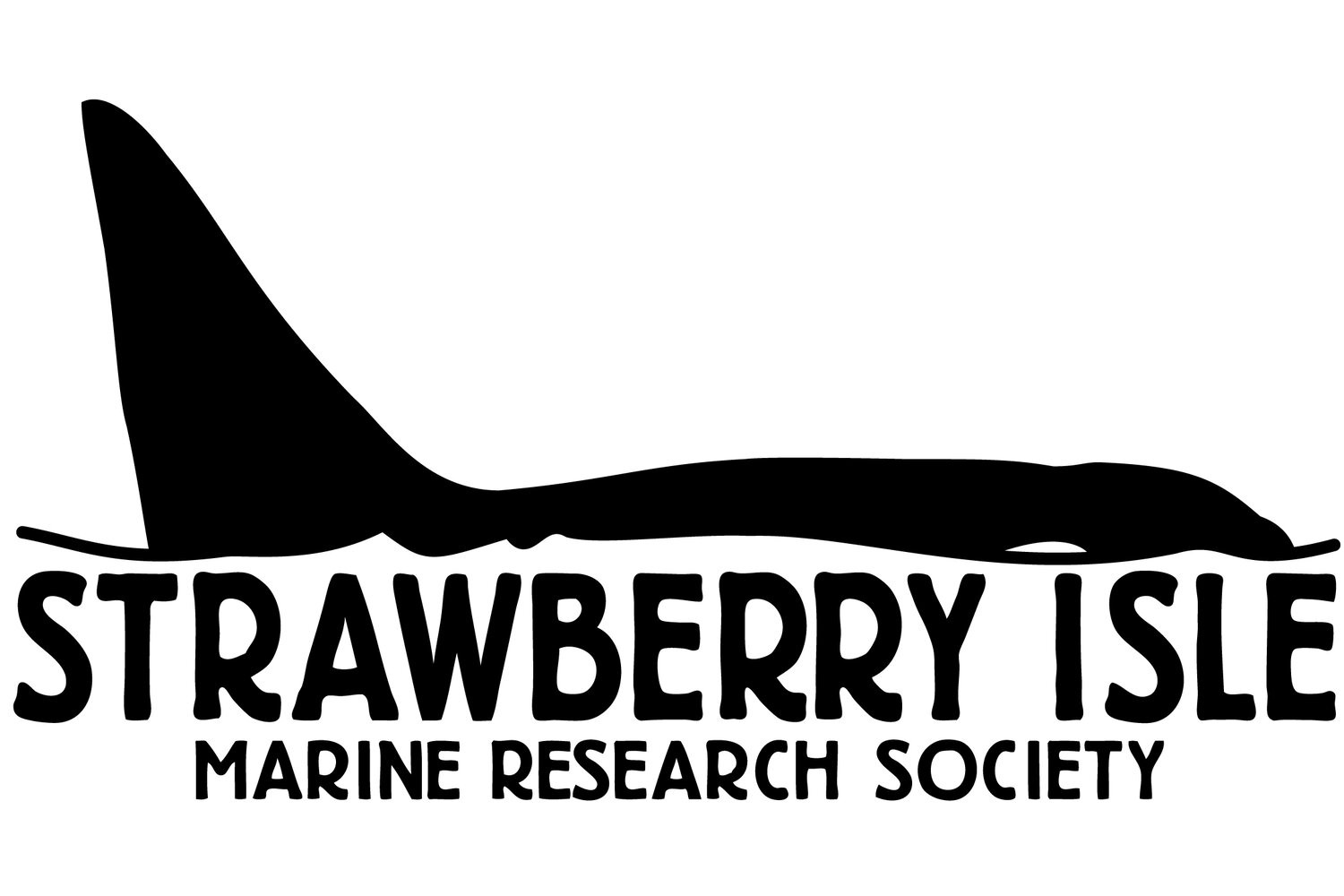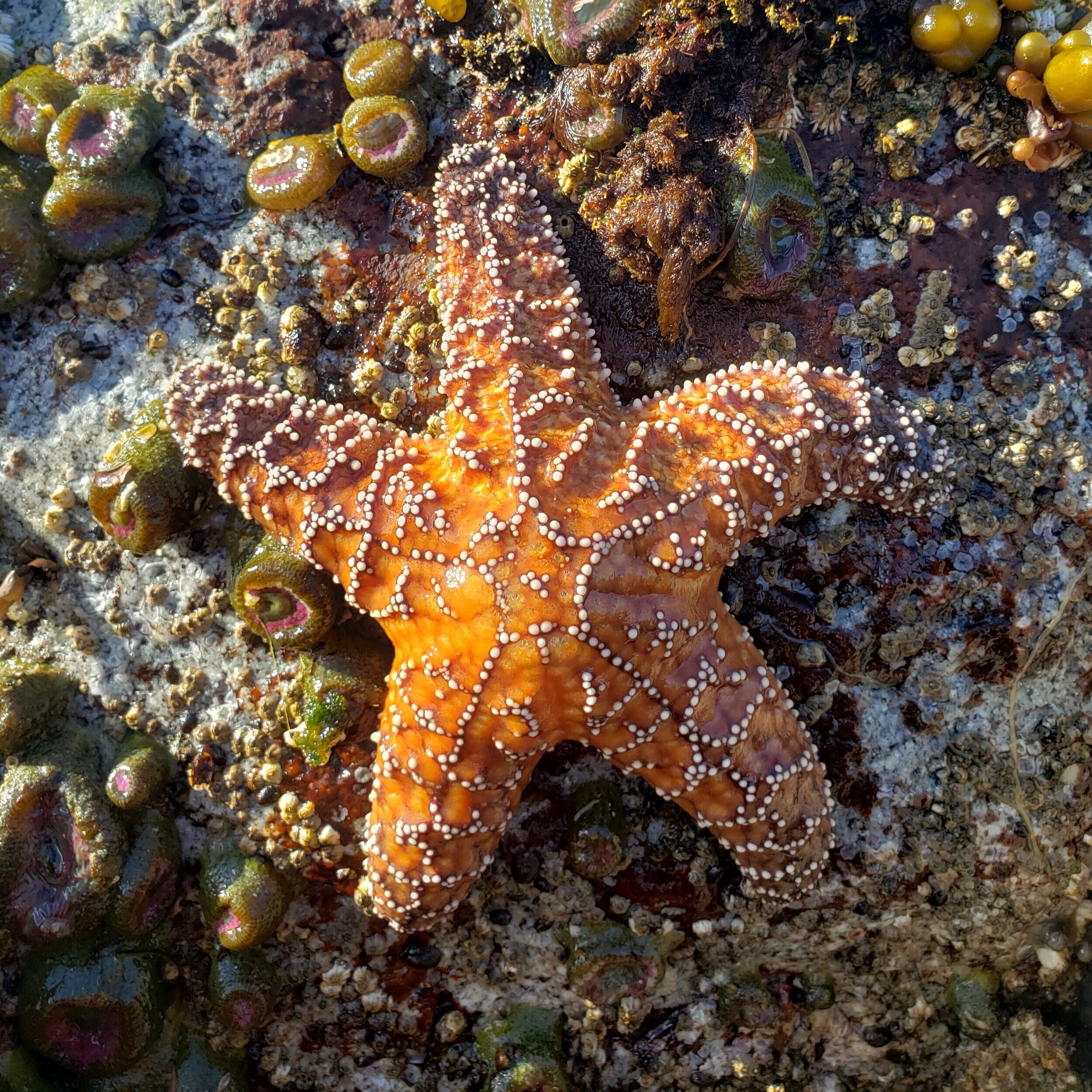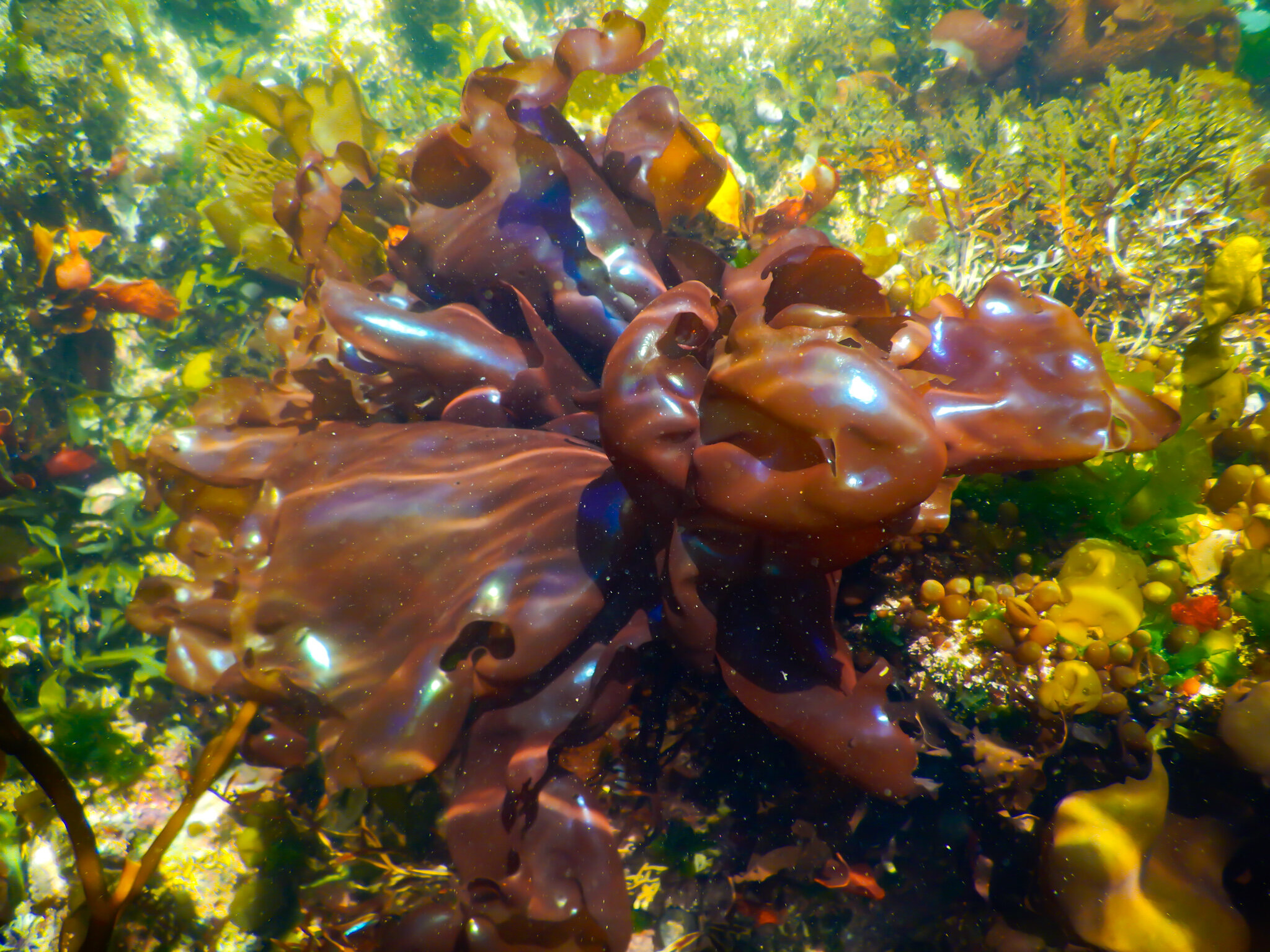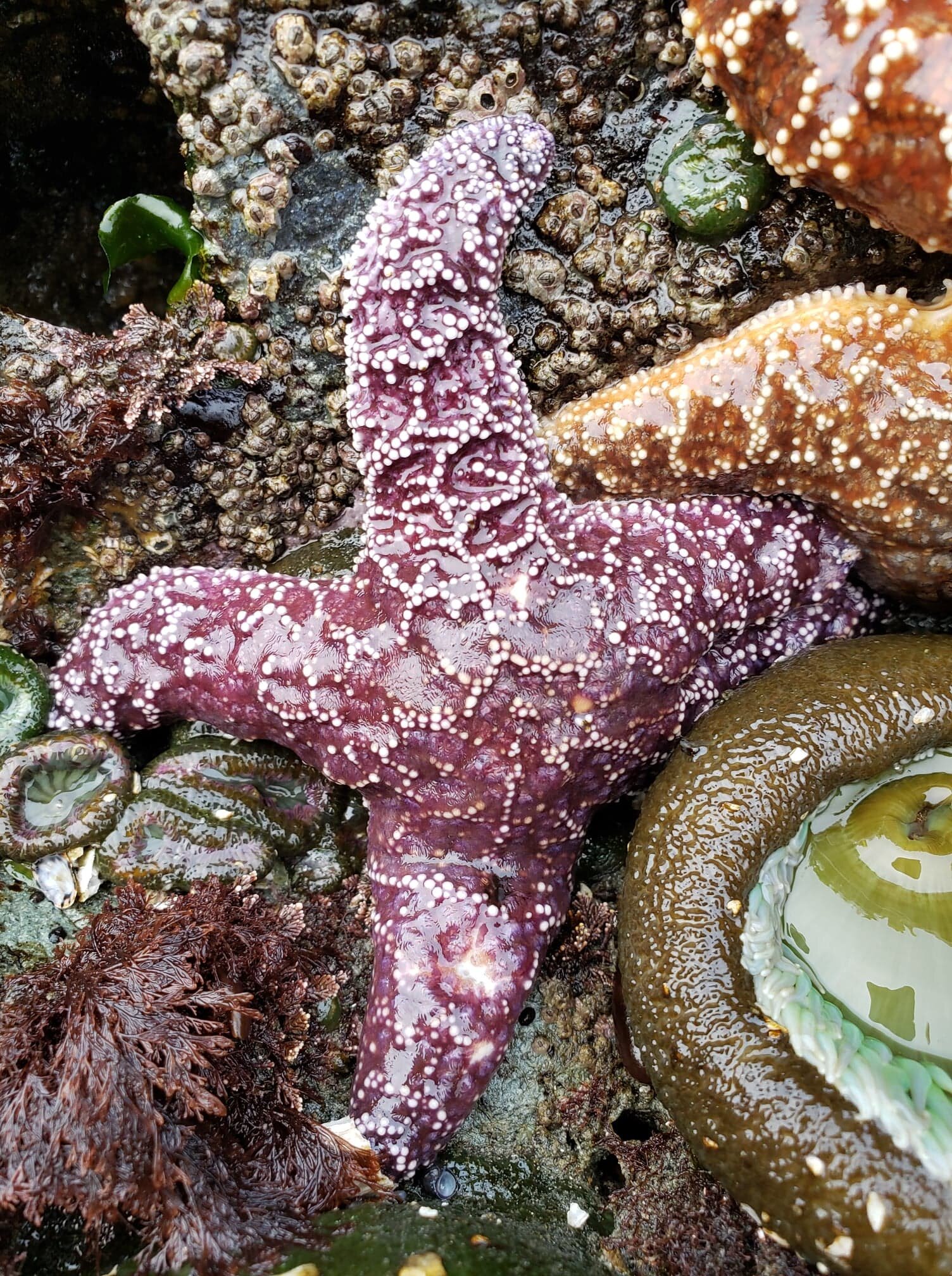Looking Towards the (Sea) Stars
/When people think of Spring on the west coast, they usually think of all the colourful flowers popping up through the understory and the smell of skunk cabbage. But for me, I think of colourful sea stars and the smell of seaweed at low tide. The change in seasons brings about a change in tide times that are far more favorable for us water folk to go exploring the intertidal world that was too dark and, at least for me, too cold to access throughout the winter. Finally, it’s time to put on my gumboots and clamber over rocks at first light in search of sea stars! As the tide pulls away from the shoreline, a technicolor world is revealed. Brilliant orange and purple Ochre stars, neon green seagrass and, my personal favorite, the iridescent seaweed Mazzaella splendens that scatters rainbows in the shallows. I could spend the entire morning marvelling at the beauty of these creatures, but I’m there on a mission and it doesn’t take me long to find what I’m looking for. Amongst the clusters of colourful sea stars is a white gooey mass of flesh melting off the rocks. Another Ochre star fallen victim to a mysterious disease called Sea Star Wasting Syndrome.
Although Sea Star Wasting Syndrome (SSWS) has been observed since the 1970’s, the magnitude and scale of this recent bout is unprecedented. One of the largest marine mass die-offs in recorded history began in 2013/2014 when sea stars all along the Pacific coast of North America were disappearing from SSWS. What is Sea Star Wasting Syndrome? Well, it’s actually a set of common symptoms that more often than not leads to the death of a sea star. It’s a pretty nasty way to go if you ask me. Initially the star gets a couple lesions on their arms or body, which then turns into tissue decay and eventually loss of limbs and/or complete disintegration. The symptoms can progress at a shockingly quick pace. One day you’ll see a vibrant, healthy star and within days, sometimes even hours, all resemblance of that animal will be gone and a white gooey mass is left in its place. Up to 20 different species of sea stars have been affected, but a few have taken a much harder hit than others and are still struggling to recover. In fact, two important keystone species, the Ochre Sea Star and the Sunflower Sea Star, have been severely impacted by SSWS to the point of complete loss of some populations within their habitat range. A keystone species is one that other species depend upon, and in many cases hold an ecosystem together. So, the loss of a keystone species often means loss of ecosystem biodiversity, or even loss of the ecosystem altogether.
Ochre sea star showing signs of severe wasting
In response to the initial die-off event, SIMRS began a long-term sea star monitoring project back in 2015. We’re now on our 7th consecutive season of surveying local intertidal zones and monitoring the health of sea star populations. Nowadays, I tend to get a lot of comments like “Sea Star Wasting…that’s still happening?” or “I see hundreds of sea stars now, surely they’ve made a comeback!” Although we can be cautiously optimistic about the recovery of some sea star populations, we’re unfortunately still very much in the midst of a sea star pandemic with no end in sight. After years of research by top scientists across North America, we still don’t have a definitive answer to what causes this disease or how it spreads. This is why long-term monitoring is so essential, as it gives us insight into the trends of this disease and helps us keep a close eye on the population recovery or decline of these important keystone species.
Many researchers would agree that long-term monitoring is often difficult to maintain, especially on a large scale. Our solution to this problem is to use the power of citizen-science to collect data as part of the Multi-Agency Rocky Intertidal Network (MARINe) – a multitude of like-minded monitoring groups using the same research methods and protocols to create a North American-wide database on SSWS. Over the past 6 years, SIMRS developed the sea star monitoring project to what is now called the Sea Star Stewardship Program. We partner with multiple local organizations and businesses and many volunteer citizen-scientists every summer to conduct monthly sea star surveys across several field sites. It is truly inspiring that there remains to be a high level of passion and dedication within our local communities to continue looking out for these small, but charismatic creatures year after year.
If you’re as excited about intertidal exploration as I am and want to make a positive impact on our coastal ecosystems, consider joining SIMRS’ citizen-science team this summer! If early mornings and wet feet aren’t your thing, you can still support us by becoming a program partner or sponsor, making a donation, or checking out our other volunteer roles.
~ Karyssa Arnett, Executive Director
This year’s SSSP field season is made possible due to the generous grants and donations from the TD Friends of the Environment Foundation, Clayoquot Biosphere Trust’s Research & Environment Award, and Ocean Outfitters. Our thanks also to our project partners who have helped us grow the reach and impact of this project and have generously provided in-kind support over the years: Ucluelet Aquarium, Paddle West Kayaking, Cedar Coast Field Station, and Wild Pacific Trail Society.






